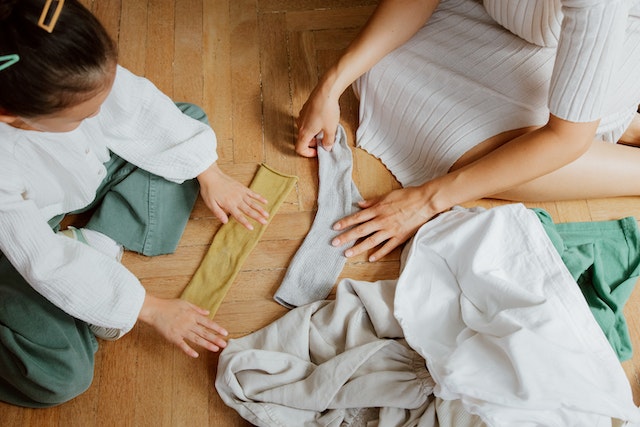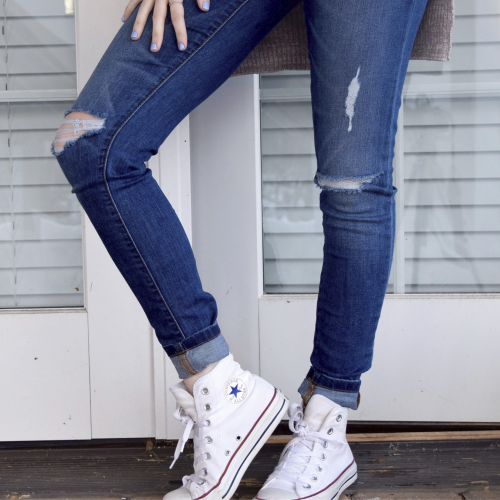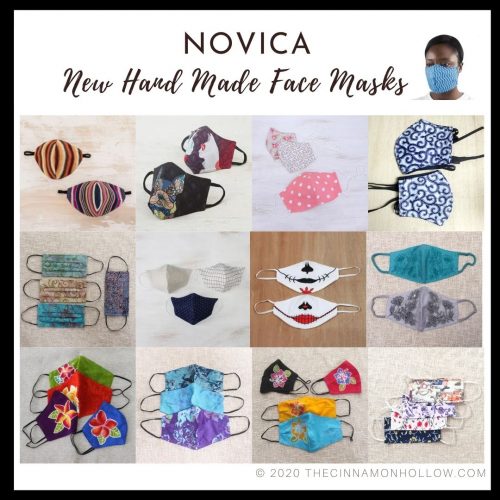As parents, we want to see our children succeed and become more independent. For children with autism, learning self-care skills like dressing can be challenging. However, with the right strategies and techniques, we can help our children develop these essential life skills.
One of the biggest challenges that parents may face is sensory sensitivities. Many children with autism have difficulty tolerating certain textures, fabrics, or tight-fitting clothing. This can make getting dressed in the morning a daunting task.
Here are some ways to help children with autism learn dressing skills while keeping sensory strategies in mind.
Start Slow
Introduce clothing gradually, starting with loose-fitting attire made from soft fabrics. Take your time, allowing your child to touch and feel new outfits before trying them on.
Consider letting your child pick out their own clothes, giving them a sense of control and autonomy. Provide a few choices to help prevent overwhelm and decision fatigue. ABA Centers of Florida (https://abacentersfl.com/aba-questions/) encourages families to show their autistic children that there is no limit to what they can or can’t do.
Use Visual Aids and Verbal Cues
Visual aids can help children with autism understand the steps involved in getting dressed. Use pictures or drawings to illustrate each step, from putting on underwear to zipping up a jacket.
There are also several books about getting dressed that can help your child better understand the process and outcome. Additionally, give your child verbal cues, such as “Put your left arm in the sleeve.” Use gentle, reassuring touches to guide them through the process.
Use Positive Reinforcement
Positive reinforcement can be a powerful motivator. Consider using a reward system to encourage your child to get dressed independently. For example, offer a small treat or praise for each step completed successfully.
Practice and Repeat
Repetition is key when it comes to learning dressing skills. Encourage your child to practice getting dressed on their own, even if it takes longer or isn’t perfect.
Give yourself extra time in the mornings when starting this skill, or start practicing at bedtime to develop the motor skills first.
Keep It Simple
Look for clothing items that are easy to put on and take off. Consider items with elastic waistbands, slip-on shoes, or Velcro closures.
If necessary, swap out or alter clothing as needed. For example, replace buttons with snaps or use a zipper pull to make it easier to zip up a jacket.
Use Tools and Aids
There are many tools and aids available to help children with dressing, from dressing boards to shoe horns.
You can also help your child develop their fine motor skills and learn how to operate snaps, buttons, and zippers with a busy board. Experiment with different options to see what works best for your child.
Final Thoughts
Remember, every child is unique and may require different strategies and techniques. It’s important to be patient and flexible and to celebrate each success along the way. By working together and finding what works best for your child, you can help them develop the self-care skills they need to thrive.







